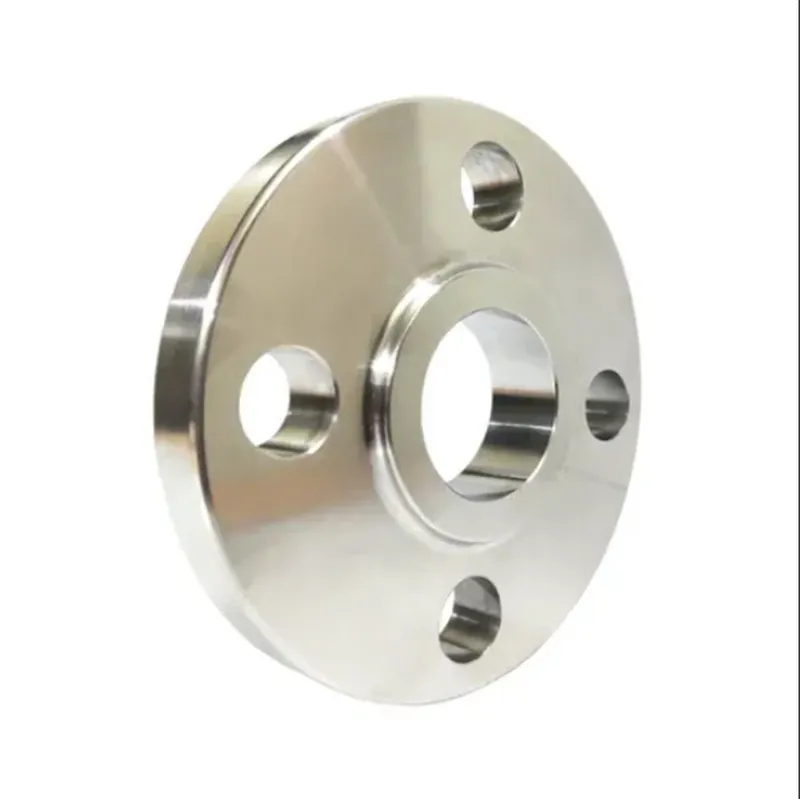-
Cangzhou Yulong Steel Co., Ltd.
-
Phone:
+86 13303177267 -
Email:
admin@ylsteelfittings.com
- English
- Arabic
- Italian
- Spanish
- Portuguese
- German
- kazakh
- Persian
- Greek
- French
- Russian
- Polish
- Thai
- Indonesian
- Vietnamese
- Zulu
- Korean
- Uzbek
- Hindi
- Serbian
- Malay
- Ukrainian
- Gujarati
- Haitian Creole
- hausa
- hawaiian
- Hebrew
- Miao
- Hungarian
- Icelandic
- igbo
- irish
- Japanese
- Javanese
- Kannada
- Khmer
- Rwandese
- Afrikaans
- Albanian
- Amharic
- Armenian
- Azerbaijani
- Basque
- Belarusian
- Bengali
- Bosnian
- Bulgarian
- Catalan
- Cebuano
- China
- China (Taiwan)
- Corsican
- Croatian
- Czech
- Danish
- Esperanto
- Estonian
- Finnish
- Frisian
- Galician
- Georgian
- Kurdish
- Kyrgyz
- Lao
- Latin
- Latvian
- Lithuanian
- Luxembourgish
- Macedonian
- Malgashi
- Malayalam
- Maltese
- Maori
- Marathi
- Mongolian
- Myanmar
- Nepali
- Norwegian
- Norwegian
- Occitan
- Pashto
- Dutch
- Punjabi
- Romanian
- Samoan
- Scottish Gaelic
- Sesotho
- Shona
- Sindhi
- Sinhala
- Slovak
- Slovenian
- Somali
- Sundanese
- Swahili
- Swedish
- Tagalog
- Tajik
- Tamil
- Tatar
- Telugu
- Turkish
- Turkmen
- Urdu
- Uighur
- Welsh
- Bantu
- Yiddish
- Yoruba

Dec . 16, 2024 18:35 Back to list
3d bend pipe
Understanding 3D Bend Pipes Applications, Benefits, and Manufacturing Techniques
In the realm of engineering and manufacturing, pipes play a crucial role in various industries. Among the diverse types of pipes, 3D bend pipes have gained significant attention due to their versatility and efficiency in fluid transportation. This article delves into the characteristics, applications, benefits, and manufacturing techniques of 3D bend pipes.
What Are 3D Bend Pipes?
3D bend pipes, or three-dimensional bend pipes, are pipes that have been shaped into a bend with a radius that is three times the diameter of the pipe. This design enables a gradual and smooth transition in piping systems, which is vital for maintaining the flow of liquids and gases. The bending process can be achieved through various methods, including induction bending, roll bending, and press bending, each offering unique advantages depending on the application.
Applications of 3D Bend Pipes
3D bend pipes are utilized across a vast range of industries. Some of the most common applications include
1. Oil and Gas Industry In this sector, 3D bend pipes are critical for the transportation of crude oil, natural gas, and various refined products. Their ability to withstand high pressure and temperatures makes them ideal for sub-sea pipelines and above-ground installations.
2. Water Supply Systems Municipal water supply systems and wastewater management often require efficient piping solutions. 3D bend pipes offer minimal friction loss and excellent flow characteristics, making them suitable for these applications.
3. HVAC Systems In heating, ventilation, and air conditioning systems, 3D bend pipes are employed to ensure the smooth flow of air and refrigerants, improving overall system efficiency.
4. Automotive Industry Many automotive applications, such as exhaust systems and coolant lines, utilize 3D bend pipes to route fluids effectively while maintaining a compact design.
5. Chemical Processing In chemical plants, 3D bend pipes facilitate the transfer of various chemicals, requiring materials that can resist corrosion and extreme temperatures.
Benefits of 3D Bend Pipes
The advantages of using 3D bend pipes are numerous. Here are some compelling reasons why they are favored in many applications
3d bend pipe

1. Improved Flow Rates The smooth curves of 3D bend pipes minimize turbulence and reduce energy loss, leading to improved flow rates compared to traditional sharp bends.
2. Space Efficiency With their ability to navigate tight spaces without the need for explicit joints, 3D bend pipes optimize layout designs, making them ideal for compact environments.
3. Reduced Wear and Tear By eliminating sharp edges and abrupt changes in direction, these pipes are less prone to wear, which extends their lifespan and reduces maintenance costs.
4. Enhanced Aesthetic Appeal In visible applications, such as architectural features or automotive designs, the seamless curves of 3D bend pipes can enhance the overall aesthetic of the system.
5. Customization Flexibility 3D bend pipes can be manufactured in various materials, dimensions, and bend angles to meet specific project requirements, offering significant design flexibility.
Manufacturing Techniques
The manufacturing of 3D bend pipes involves various methods to achieve the desired bends while maintaining the integrity of the material. Key techniques include
- Induction Bending This method utilizes electromagnetic induction to heat a localized section of the pipe, allowing it to be bent without compromising its structural integrity.
- Roll Bending In roll bending, the pipe is passed through a series of rollers that gradually curve it into the desired shape. This technique is often used for larger diameter pipes.
- Hot or Cold Bending Depending on the material’s properties, pipes can be bent while hot (to enhance malleability) or cold (for maintaining strength), with each method serving different applications.
Conclusion
3D bend pipes are an invaluable asset to myriad industries, offering exceptional flow capabilities, efficiency, and durability. Their applications range from critical infrastructure in the oil and gas sector to everyday uses in homes and vehicles. Understanding the manufacturing techniques and benefits of these pipes can help engineers and designers optimize their projects, leading to greater innovation and efficiency in fluid transportation systems. As industries continue to evolve, the role of 3D bend pipes will undoubtedly remain pivotal.
Latest news
-
ANSI 150P SS304 SO FLANGE
NewsFeb.14,2025
-
ASTM A333GR6 STEEL PIPE
NewsJan.20,2025
-
ANSI B16.5 WELDING NECK FLANGE
NewsJan.15,2026
-
ANSI B16.5 SLIP-ON FLANGE
NewsApr.19,2024
-
SABS 1123 FLANGE
NewsJan.15,2025
-
DIN86044 PLATE FLANGE
NewsApr.19,2024
-
DIN2527 BLIND FLANGE
NewsApr.12,2024
-
JIS B2311 Butt-Welding Fittings LR/SR 45°/90° /180°Seamless/Weld
NewsApr.23,2024











